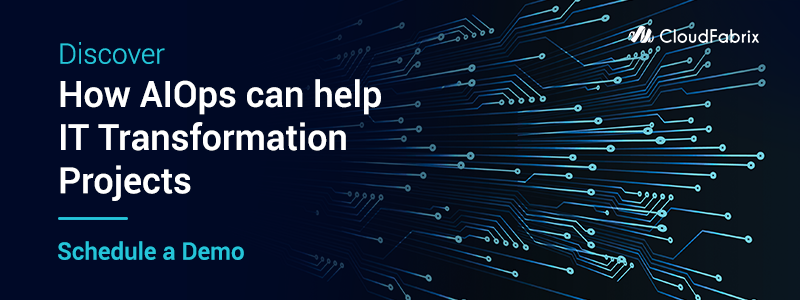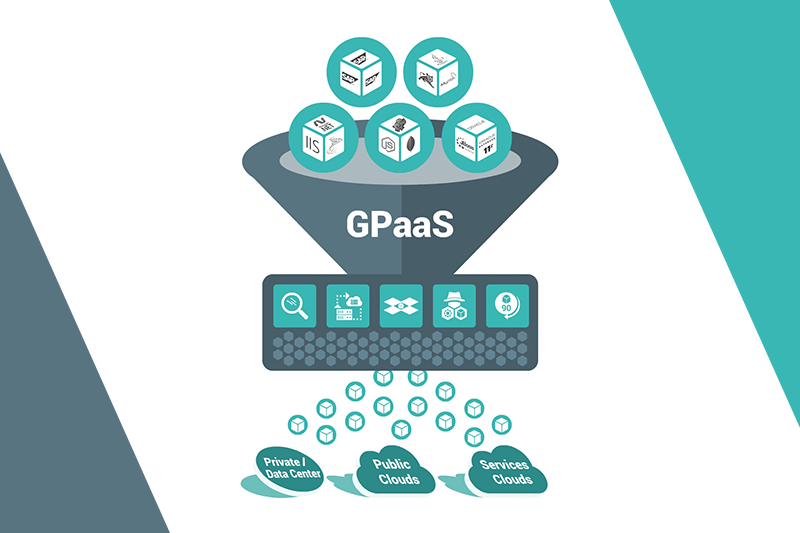Today’s business requires a different kind of IT, a modern one driven by the underlying cloud computing engines. The globalization coupled with the proliferation of devices and internet has put enormous pressure on IT to meet modern day demands and organizations are faced with important questions on how they can embrace modern IT while making sure that their business critical applications are not disrupted. Clearly, organizations of all sizes and from across different verticals are at crossroads where they are facing pressure to modernize their IT while also ensuring business continuity.
In the past, the applications were serving smaller groups restricted by geography and with limited need for support of devices with different form factors. The role of IT was to ensure reliability, security and compliance to any regulatory needs. IT was the gatekeeper of business critical applications with the responsibility to ensure security, maintaining application level SLAs, ensuring high availability of applications and, also, making sure that the applications and data are compliant to any regulatory needs. In other words, IT was at the driver’s seat when it came to any technology inside the organizations.
The legacy applications were a different kind of beast, often monolithic in nature with complex interconnections with other applications and requiring persistent storage for all their data. They often require powerful hardware, complex integrations and needed enterprise support systems. They were limited in scope and scalability compared to modern applications. However, they played a critical role in ensuring business success and the very existence of an organization was dependent on these applications and their availability.
Today’s market dynamics has changed the very nature of enterprise. Not only they are faced with the globalization of their business, they are also expected to meet the newer demands necessitated by advances in technology like mobile computing, sensors, big data, etc.. The advent of cloud computing helped enterprise IT to be more agile and meet the business demands more effectively than in the past. Many organizations used traditional infrastructure to run their business critical legacy applications and embraced cloud for newer applications.
But a recent trend in the market is forcing enterprises to go beyond just embracing cloud for newer applications. We are seeing a new kind of disruption enabled by software. As Marc Andreessen, creator of Mosaic, entrepreneur and venture capitalist, famously quoted, software is eating the world. Companies in various verticals are getting disrupted by smaller upstarts who use software effectively to compete against and disrupt established organizations with considerable market power. More importantly, they do that without owning any assets in the verticals and by just using technologies enabled by software. Examples include Uber disrupting taxi industry across the world, Airbnb is disrupting the entire hotel industry and Apple Pay and Square are disrupting the banking industry. Similarly, we can highlight many examples where a technology company is disrupting organizations in many verticals.
This threat of disruption through software is pushing organizations to rethink their entire IT strategy and are forcing them to modernize their business critical applications to meet their critical business needs. Now they don’t have a choice to maintain the status quo of their legacy business critical applications and are expected to embrace the software driven business strategy. In the next few posts, we will be discussing the impact of this trend on the enterprise IT, potential pitfalls and how IT can mitigate the risks while preparing for the modern world.



